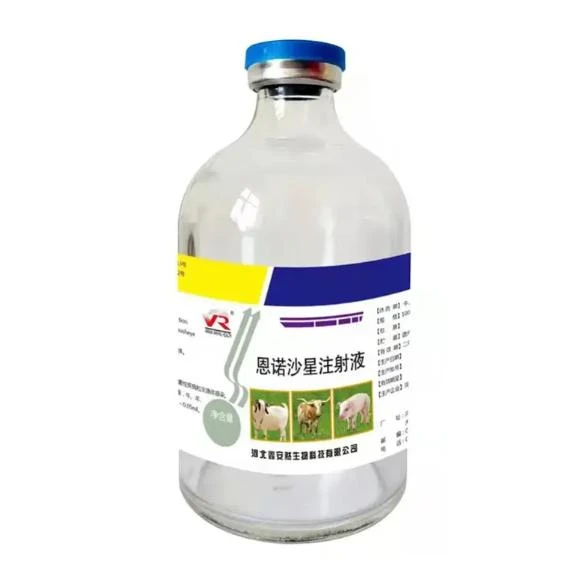- Afrikaans
- Albanian
- Amharic
- Arabic
- Armenian
- Azerbaijani
- Basque
- Belarusian
- Bengali
- Bosnian
- Bulgarian
- Catalan
- Cebuano
- Corsican
- Croatian
- Czech
- Danish
- Dutch
- English
- Esperanto
- Estonian
- Finnish
- French
- Frisian
- Galician
- Georgian
- German
- Greek
- Gujarati
- Haitian Creole
- hausa
- hawaiian
- Hebrew
- Hindi
- Miao
- Hungarian
- Icelandic
- igbo
- Indonesian
- irish
- Italian
- Japanese
- Javanese
- Kannada
- kazakh
- Khmer
- Rwandese
- Korean
- Kurdish
- Kyrgyz
- Lao
- Latin
- Latvian
- Lithuanian
- Luxembourgish
- Macedonian
- Malgashi
- Malay
- Malayalam
- Maltese
- Maori
- Marathi
- Mongolian
- Myanmar
- Nepali
- Norwegian
- Norwegian
- Occitan
- Pashto
- Persian
- Polish
- Portuguese
- Punjabi
- Romanian
- Russian
- Samoan
- Scottish Gaelic
- Serbian
- Sesotho
- Shona
- Sindhi
- Sinhala
- Slovak
- Slovenian
- Somali
- Spanish
- Sundanese
- Swahili
- Swedish
- Tagalog
- Tajik
- Tamil
- Tatar
- Telugu
- Thai
- Turkish
- Turkmen
- Ukrainian
- Urdu
- Uighur
- Uzbek
- Vietnamese
- Welsh
- Bantu
- Yiddish
- Yoruba
- Zulu
Ліст . 27, 2024 16:26 Back to list
Paracetamol as an Effective Pain Reliever and Fever Reducer in Clinical Use
Paracetamol An Effective Analgesic and Antipyretic
Paracetamol, widely known as acetaminophen in some regions, is one of the most commonly used medications globally. Since its introduction in the late 19th century, paracetamol has gained popularity for its effectiveness as both an analgesic (pain reliever) and antipyretic (fever reducer). Over the years, extensive research has established its safety profile, making it a staple in both clinical settings and home medicine cabinets.
Mechanism of Action
The exact mechanism of action of paracetamol is not fully understood; however, it is believed to exert its effects primarily through the inhibition of prostaglandin synthesis in the brain. Prostaglandins are chemicals in the body that promote inflammation, pain, and fever. Unlike non-steroidal anti-inflammatory drugs (NSAIDs), paracetamol has a minimal anti-inflammatory effect, making it suitable for a range of conditions where pain relief and reduction of fever are the primary goals.
Uses of Paracetamol
Paracetamol is versatile in its applications. It is often recommended for mild to moderate pain relief, which includes headaches, toothaches, menstrual cramps, muscular aches, and pain associated with arthritis. Its efficacy in reducing fever makes it particularly valuable in treating illnesses such as the common cold and flu.
Besides its use in general pain management, paracetamol plays a crucial role in postoperative care. Following surgical procedures, it helps in reducing discomfort, thus contributing to a patient's overall recovery process. Notably, its safety profile makes it suitable for various populations, including children, pregnant individuals, and the elderly, with dosing guidelines tailored to minimize any risks.
Safety and Dosage
paracetamol analgesic and antipyretic

When taken as directed, paracetamol is considered safe for most individuals. However, like all medications, it is essential to adhere to recommended dosages to prevent adverse effects. The maximum daily dose for adults is generally 4 grams; exceeding this limit can lead to severe liver damage. Therefore, patients should always be cautious and aware of the cumulative dosage when taking multiple medications that may contain paracetamol.
Those with existing liver conditions, chronic alcoholism, or malnutrition may be particularly susceptible to the risks associated with overdose and should consult healthcare providers for personalized advice. Furthermore, it is advisable to check with pharmacists or doctors before combining paracetamol with other medications to avoid unintended overdoses.
Paracetamol in Different Age Groups
In pediatric medicine, paracetamol is often the first-line treatment for fever and pain. It is frequently available in various formulations, including liquid suspensions, chewable tablets, and suppositories to cater to children's different needs. Parents are encouraged to use appropriate measuring devices to ensure accurate dosing, as mistakes can lead to serious health concerns.
For the elderly population, paracetamol serves as a safer alternative to NSAIDs, reducing the risks of gastrointestinal bleeding and kidney damage. Nevertheless, it remains essential for older adults to maintain open communication with their healthcare providers, particularly regarding any underlying health issues or medications they may be taking.
Conclusion
Paracetamol remains a fundamental medication for pain relief and fever reduction, widely trusted by healthcare professionals and patients alike. Its effectiveness, coupled with a manageable safety profile, underscores its importance in both everyday health management and clinical settings. Advancements in our understanding of paracetamol's applications and safety continue to solidify its role as an invaluable tool in modern medicine.
In conclusion, while paracetamol is generally safe and effective, it is essential for users to adhere to recommended guidelines and consult healthcare professionals if uncertainties arise. As our medical knowledge evolves, so too will the strategies employed for pain management and fever reduction, but paracetamol is likely to remain at the forefront of these efforts for years to come.
-
Guide to Oxytetracycline Injection
NewsMar.27,2025
-
Guide to Colistin Sulphate
NewsMar.27,2025
-
Gentamicin Sulfate: Uses, Price, And Key Information
NewsMar.27,2025
-
Enrofloxacin Injection: Uses, Price, And Supplier Information
NewsMar.27,2025
-
Dexamethasone Sodium Phosphate Injection: Uses, Price, And Key Information
NewsMar.27,2025
-
Albendazole Tablet: Uses, Dosage, Cost, And Key Information
NewsMar.27,2025













